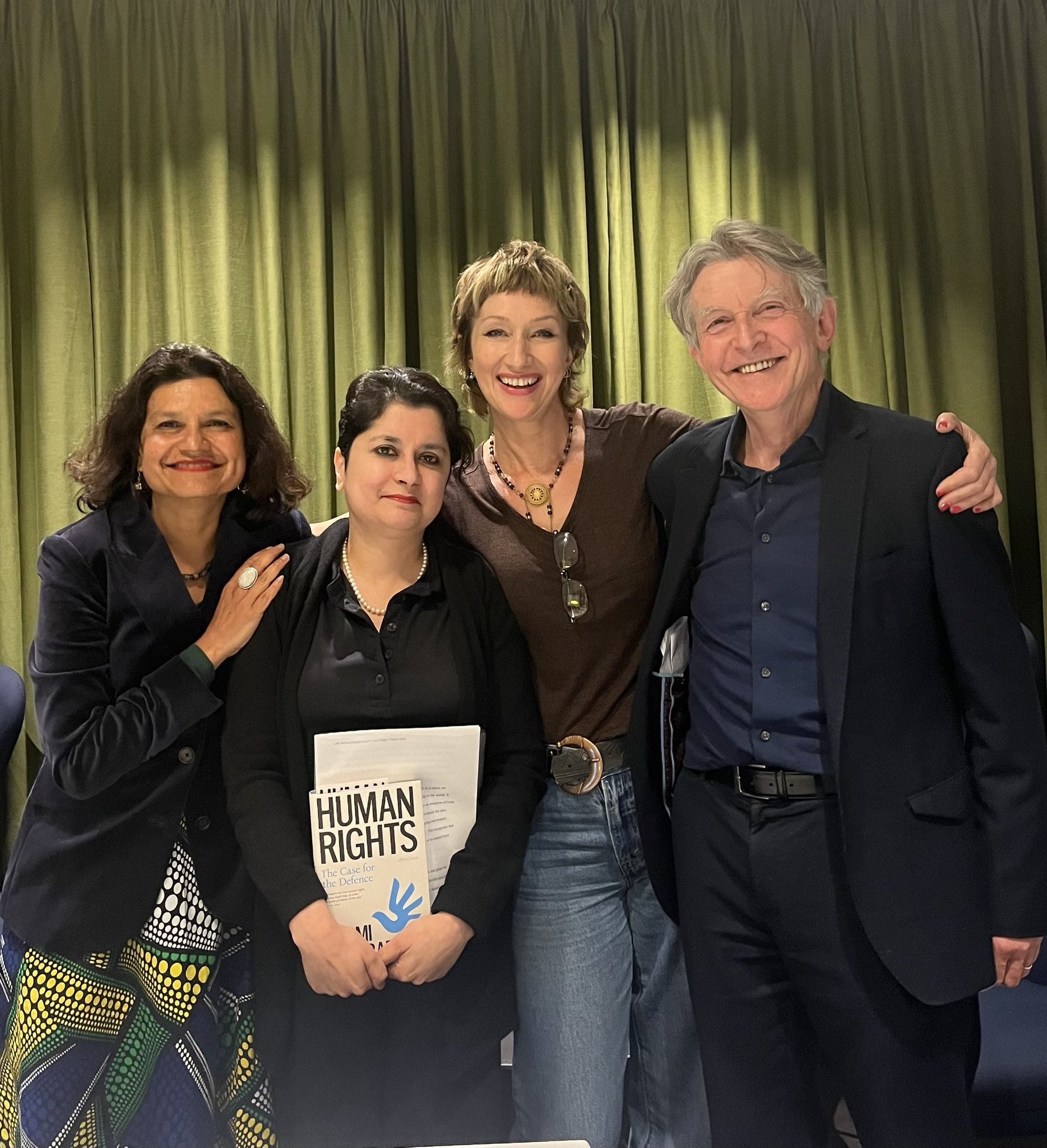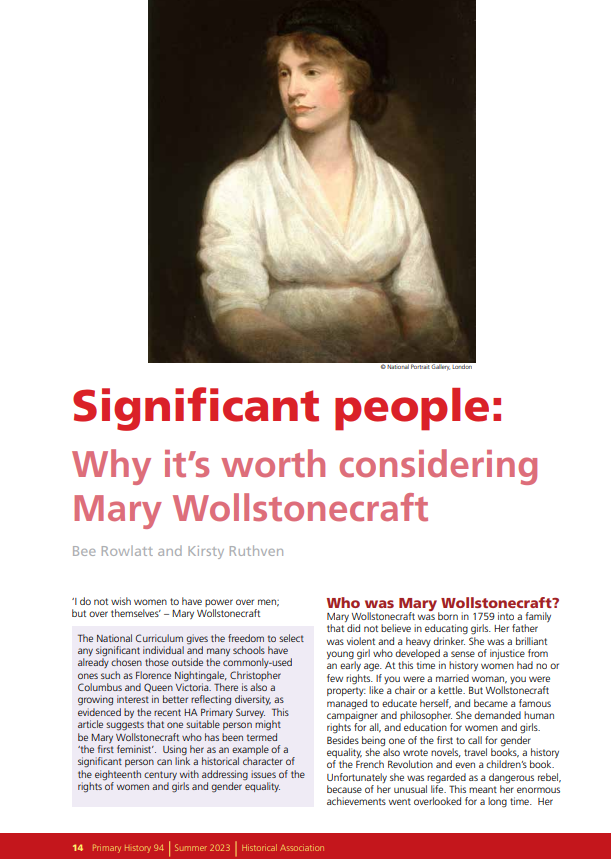Why did you write this book?
In truth, because I was approached by Princeton University Press to do so. Why they might have done so and why I accepted probably overlaps. I had edited A Vindication of the Rights of Men and A Vindication of the Rights of Woman and Hints for Cambridge University Press, lectured and published on Wollstonecraft. What I hoped to do was to think of her as she wanted us to do, namely as a philosopher and a moralist. What was her ontology, epistemology, metaphysics, theory of the mind, of agency, human nature, and so forth I wanted to ask and bring together in one volume. However, when I turned to writing it, I realised that having spent much ink on what she criticised, I had no idea what she liked and very little of what she loved. That was what I first sought to establish as I did not mean her to be seen an indefatigable nay-sayer and kill-joy.
What is a 'philosophy of humanity?
It is a philosophy that addresses the human condition and, in Wollstonecraft’s case, is driven by a love of humankind, a sense that we are by nature benevolent beings, and that the ills of the world are not necessities. We can come to understand their causes and effect remedies such as to live in communities that are free from subjection, exploitation, and violence.
What did MW stand against that still hasn't been solved today?
A very great deal. I am tempted to say that nothing she stood against has been solved. She decried slavery. How could we claim to have eradicated slavery the world over! Cases emerge even in countries that have long outlawed it and speak of its often-hidden nature today. Human trafficking, sex trafficking, and what is effectively slave labour are rife today. Wollstonecraft would be horrified to see not only their prevalence, but we appear to countenance the marketing of people or human organs.
She would be appalled to know of the way women and girls are treated wherever they are denied education and the ability to obtain a formation that could give them financial independence. She would find it very difficult to believe how many girls and women are not free to develop mentally and physically, to exercise their minds and bodies, and to move freely in society.
She would likewise be stunned by the figures we see regularly in the news about the number of women who are killed by men they know, by domestic violence, by sexual violence, by the need for victims of abuse to find refuges, and by the disproportionate lack of criminal convictions and punishments. As someone who had witnessed the treatment of her mother at the hands of her father, she would fight in whatever ways she could to expose and end the violence inflicted on women worldwide.
As someone who criticised vanity and conspicuous consumption, she would be astonished by our economy, by fast fashion, and throw away culture. She wanted us to stop living to appear, stop gaining a sense of our self-worth through the mirror.
If anything, all is worse than in her own time. There are to be sure declaration of human rights, slavery is officially long abolished, women are educated, free to move, and in positions of power in many places, but her concerns about poverty, sexual violence, and the treatment of human beings as things would by no means be assuaged.
What is the role of passion in politics?
Wollstonecraft wrote with passion in defence of the rights of men and women. Being passionate was a quality in her view both in, so called, private and public life. Yet, she also realised that a passionate immediate response to such events as a revolution was not without danger. It could blind one to the eventual consequences of dramatic social and political changes or responses on the world stage. As she lived in France under the Terror, she saw for herself not only its violence, but the opportunism of those who manipulated the instability for their private gain. And so, while dispassionate politics was not possible or indeed probably even desirable in the world as it was and is, in a world as it should be, a world without all that she denounced, one can imagine the end of such passion, and therefore of politics as we understand it.




















